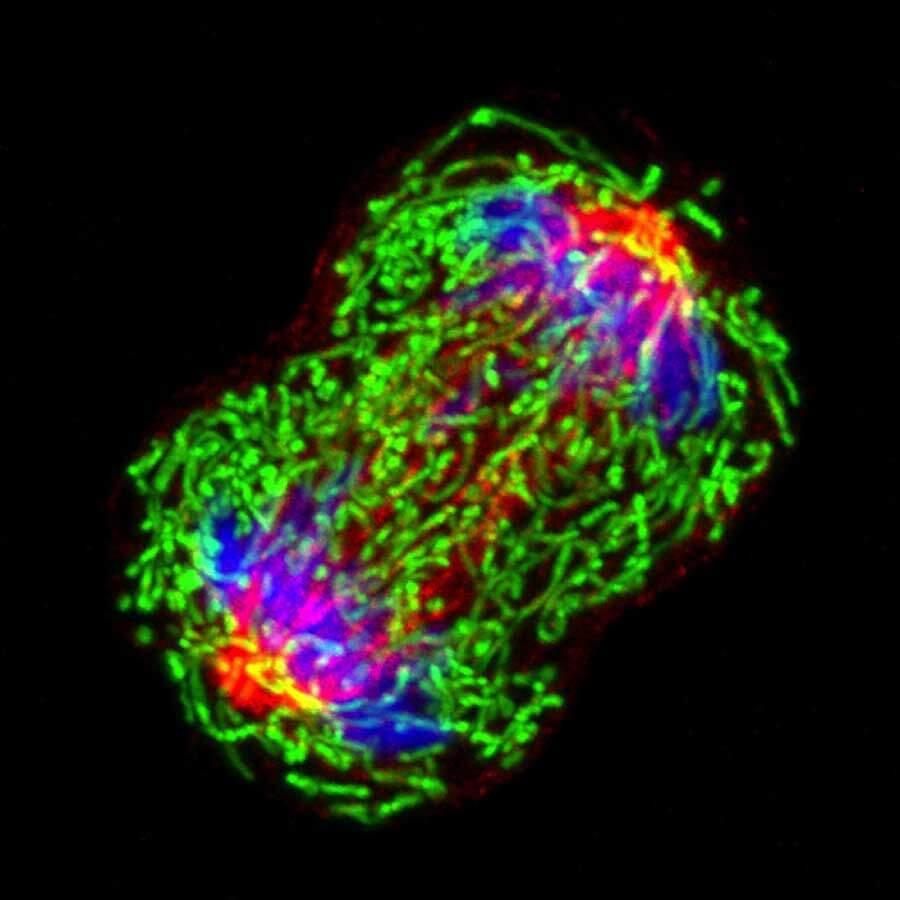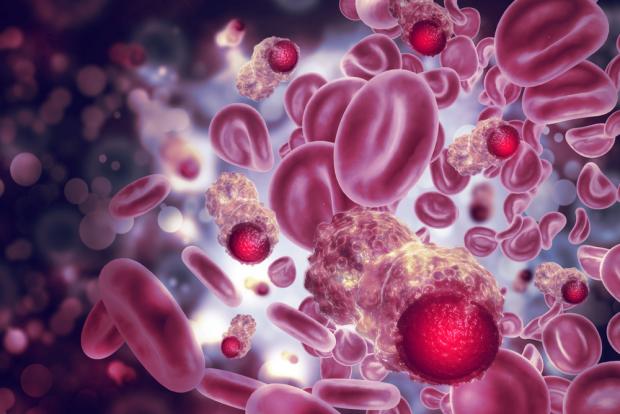Cancer is chargeable for a large quantity of animal demise, so really, we must have evolved defenses towards its malignant unfold.
Understanding how and why cancer evolved can also help us tackle the huge C in people, in line with cancer biologist Darren Saunders of New South Wales.
“Evolution is at the heart of the way a tumor behaves,” Dr. Saunders said.
By information on why cancers have evolved, scientists are uncovering new ways to deal with them.
Applying the evolutionary idea to most cancers research has additionally stimulated new approaches to tackling treatment-resistant tumors.
In the beginning, there have been most cancers.
To get to the coronary heart of why we get most cancers, we need to go lower back in time—way back, more than seven hundred million years, while lifestyles on Earth modified forever.
For the first few billion years of existence on our planet, unmarried-celled organisms had the globe to themselves.
But at some point in deep time, cells started out to crew up, and multicellular life arose.
Being multicellular has many benefits, in line with Dr. Saunders. Cells cooperate and work closer to a not unusual purpose.
This cooperation of trillions of cells allows us to have the relatively complicated structures we experience, like our brain.
But being multicellular comes at a fee. According to Dr. Saunders, that cost is cancer.
Cancers occur when cells start growing uncontrollably and lose their feature. They grow to be dead after they spread and develop across the body, disrupting organ features.
Cancer is multicellularity long gone wrong — tumor cells that have lost their capability to sense their context and cooperate with their cells.
“They begin behaving like raucous toddlers and ignore the truth that there are different cells around trying to do their jobs,” Dr. Saunders stated.
Cancer cells do now not revert to performing as though they have been a primitive single-cell organism, Dr. Saunders said, but they do tackle some of the traits of a greater primitive cell.
For instance, cells in many components of the body, inclusive of the intestine lining, are intended to stay positioned. But once they turn out to be cancerous, they move and unfold, just like an unmarried-celled organism could.
We also carry a legacy from our single-celled beyond in our DNA.
When early multicellular existence advanced, some cells needed to surrender unbiased proliferation to focus on other responsibilities, said evolutionary ecologist and geneticist Beata Ujvari of Deakin University.
Within the genetic code of every multicellular organism is data on the way to divide independently and infinitely, like an unmarried-celled ancestor, Dr. Ujvari said.
However, most of the time, that data is suppressed, she said.
“Some of our cells are capable of reigniting those statistics and start proliferating, start dividing independently from the opposite cells.”
Why has cancer persevered?
If most cancers have been around due to the fact that complicated existence started out, why haven’t we advanced to be immune to it?
In step with Dr. Saunders, the solution is that most cancers occur after reproductive age — as soon as an organism has already surpassed its genetic fabric.
This way that vulnerability to cancer in later lifestyles may be exceeded all the way down to the next era.
“Cancer is hidden from evolution,” he said.
But evolution hasn’t been completely slack when it comes to cancer, in line with Dr. Ujvari. Our bodies have many strategies to try and save you.
“All multicellular organisms have a gene called the TP53 tumor suppressor gene. It’s one of the key genes which save you the odd proliferation of cells,” she said.
Some animals, inclusive of whales and elephants, are mainly correct at suppressing cancers.
This is surprising, as being massive-bodied, they’ve more cells. And the extra cells an animal has, the greater possibilities there are, statistically, for matters to head wrong. But this isn’t always the case.
So whales’ and elephants’ unexpected resistance to cancer has led researchers to research whether they could hijack the cancer defenses of those behemoths.
This is where the TP53 tumor suppressor gene is available: these animals have greater copies of the gene than maximum different multicellular lifestyles.










